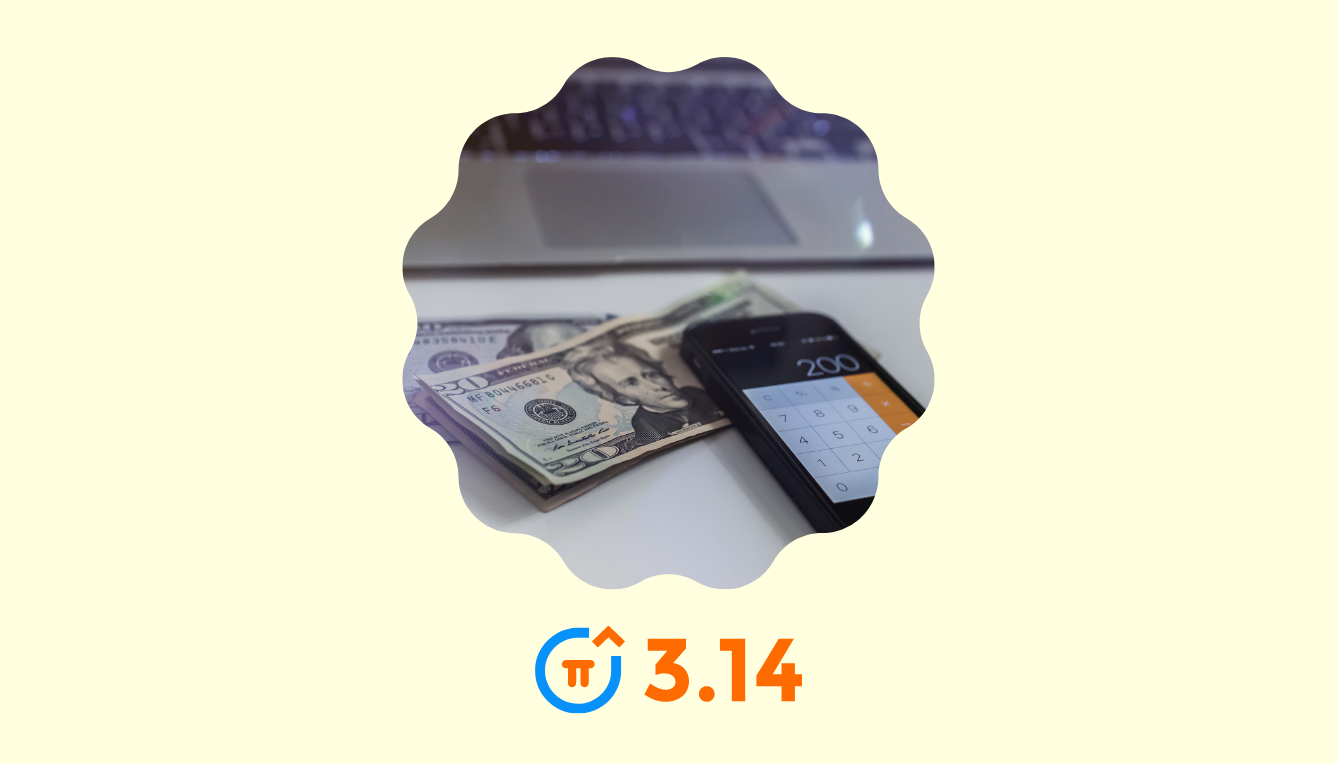The Formative years
You want to eat something nice - you use an app to order from your favourite restaurant. You want to go from point A to B - you open an app to book a ride. Apps have become an innate part of our lives but one doesn’t realise that apps only became a constant name in the digital world since the creation of the Apple App Store in 2008. Just twelve years! In these terms, the app market is certainly young, but what it lacks in maturity it more than makes up for in its ability to constantly evolve.
At launch, there were just 500 apps on the App Store, with a market worth of just $206 million. Fast-forward to the first half of 2020 and there are a reported 2.2 million apps available on the App Store, and consumers have spent an estimated $32.1 billion globally. Amazing multi-fold growth. But how did the humble days of Doodle Jump and Labyrinth, which we all remember so fondly, become the start of one of the most lucrative industries in the world?
The rise (and fall) of premium
Back in 2008, to acquire Doodle Jump it would cost a consumer a premium of £59p or $99c upfront before you could start bouncing your doodled monstrosity through the clouds. The premium was the preferred monetization model of the time (maybe only the feasible method at that time), but things have moved on since the pay-to-download model.
In 2021, the majority of your apps, as you’ve probably noticed through your personal use, work differently. You hardly have to pay-up font for apps and the majority are free to download with an option to pay later. This is the freemium model. It works by allowing users to download an app for free but pay later to unlock more features or content, remove ads, or make purchases.
The shift from a pay-to-download model to a freemium model was quite drastic, and many may wonder why it occurred seemingly overnight. The answer, as always, is money. The freemium model is more beneficial to app developers in terms of revenue. Take a look at one of the earliest popular apps as an example.
In 2009, Angry Birds was released on the app store, with a price tag of £99p. It reached the No.1 spot in the App Store's paid apps chart after just six months and held the record for the fastest-selling mobile game in history with over 50 million downloads in just 35 days. Despite this burgeoning success using the premium model, just two years later the makers of Angry Birds, Rovio, made Angry Birds free in August 2011.
The age of the premium model was fleeting. After the initial excitement created by new apps wore off and the proliferation of free or inexpensive games started, it was only a matter of time before apps had to lower or completely dissolve premium models to stay competitive. Soon enough, prices were driven lower and lower until they hit zero.
Freemium isn’t freebie
The rise of freemium went hand in hand with the introduction of in-app purchases, for free to download apps, by Apple in 2009. In-app purchases created a way to monetize apps without charging a premium. Apps that were free to download attracted high downloads and captivated mass appeal as consumers were able to download games for free. The behavioural science marketing term ‘anchoring’ surely played a role here. Once consumers become accustomed to apps being free, the thought of paying for them seems preposterous.
Eventually, the concept became so entrenched that developers and publishers had to sacrifice premium prices for more downloads. The pressure to turn to freemium was felt by even the most popular apps, as demonstrated by the fact that, while 80-84% of iOS apps were free between 2010-2012, by 2013 this figure was 90%.
But just because apps you previously needed to pay for can be downloaded for free does not mean that revenues have dropped. In fact, the opposite is true. This is poignantly demonstrated by Temple Run, which turned into a freemium model after just one month of premium. Imangi Studios’ (the creators of Temple Run) co-founder Natalia Luckyanovarevealed that “the revenue immediately went up about 5x when we set the app free”. Temple Run went on to reach the number one spot on the grossing app chart that year, generating its significant revenue through a focus on IAPs.
How to monetize freemium
IAPs
While many apps lost out due to the rise of freemium models, publishers and developers realised that there was plenty of money to be made through other means than an upfront payment. One of these was in-app purchases or IAPs. Perhaps the biggest success story of apps released as a freemium model and still generating bucket loads of revenue through IAPs is Candy Crush. Released in 2012 using the freemium model, players went on to spend over a billion dollars in 2013 and 2014 through IAPs.
In-app advertising
The freemium model, however, is dependent on a small percentage of the user base (around 4%) who spend money on IAPs. These so-called ‘whales’ are responsible for generating all the revenue.
Relying solely on a small and unpredictable user-base can mean that revenue streams are very unstable. To counter this, app developers went looking for other sources of revenue. In-app advertising was the answer. Using in-app advertising allows publishers to target and monetize every single user, rather than individual whales.
Initially, publishers had some reservations about in-app ads. They feared that the ads would negatively influence IAPs or even user experience, the holy grail of apps. These fears were in vain. As in-app adverts developed, many creative ad formats were invented that could adapt to the game interface and were highly successful in improving UX as well as IAPs. This can be seen through in-app advertisements such as offerwalls that act like a mini-store in an app, listing multiple ‘offers’ that users can complete in exchange for receiving an in-app reward.
The growth of in-app advertising has been a revelation for all those involved. A study done by Facebook for Business found that 57% of games who haven’t paid to avoid ads are fine with seeing advertising to keep the game free. It is also reported that gamers who engage with rewarded ads are around six times more likely to make an IAP, which is excellent for publishers. The huge potential for in-app advertising has not been lost on marketers either. A report by Statista predicts a mobile ad spend of $188 billion this year (2020), increasing to $250 billion by 2021.
And beyond? Subscriptions are the future of app monetization
Apple first introduced the subscription model for monetization on the App Store in 2011. The subscription model works by charging a monthly subscription fee for access to the full features of an app. While it has taken a while to cotton on, it looks like subscriptions may be the next big thing when it comes to app monetization.
After Apple and Google reduced its platform fee to 15% on in-app subscriptions, an avalanche of apps emerged offering subscriptions. The new monetization opportunities offered by subscriptions were too much for publishers to resist.
Today, the vast majority of grossing apps on the App Store offer subscriptions. This monetization model is also a lot more diverse than previous models such as IAPs. While subscriptions are perfectly functional within games, they are more adequately suited to other verticals such as dating, audio and streaming.
Another factor that could further boost the growth of the subscription model is the criminalisation of IAP-based monetization. Although not on mobile, Belgium’s Gaming Commission successfully ruled that loot boxes, a common form of IAP in games, are a form of gambling and want them banned in Europe. This could have a knock-on effect in the mobile gaming world. If loot boxes and other similar monetization techniques are banned, IAPs for mobile gaming - which at present is the primary source of revenue on mobile - could disintegrate with them. In this eventuality, the subscription model is in pole position to take its place.

